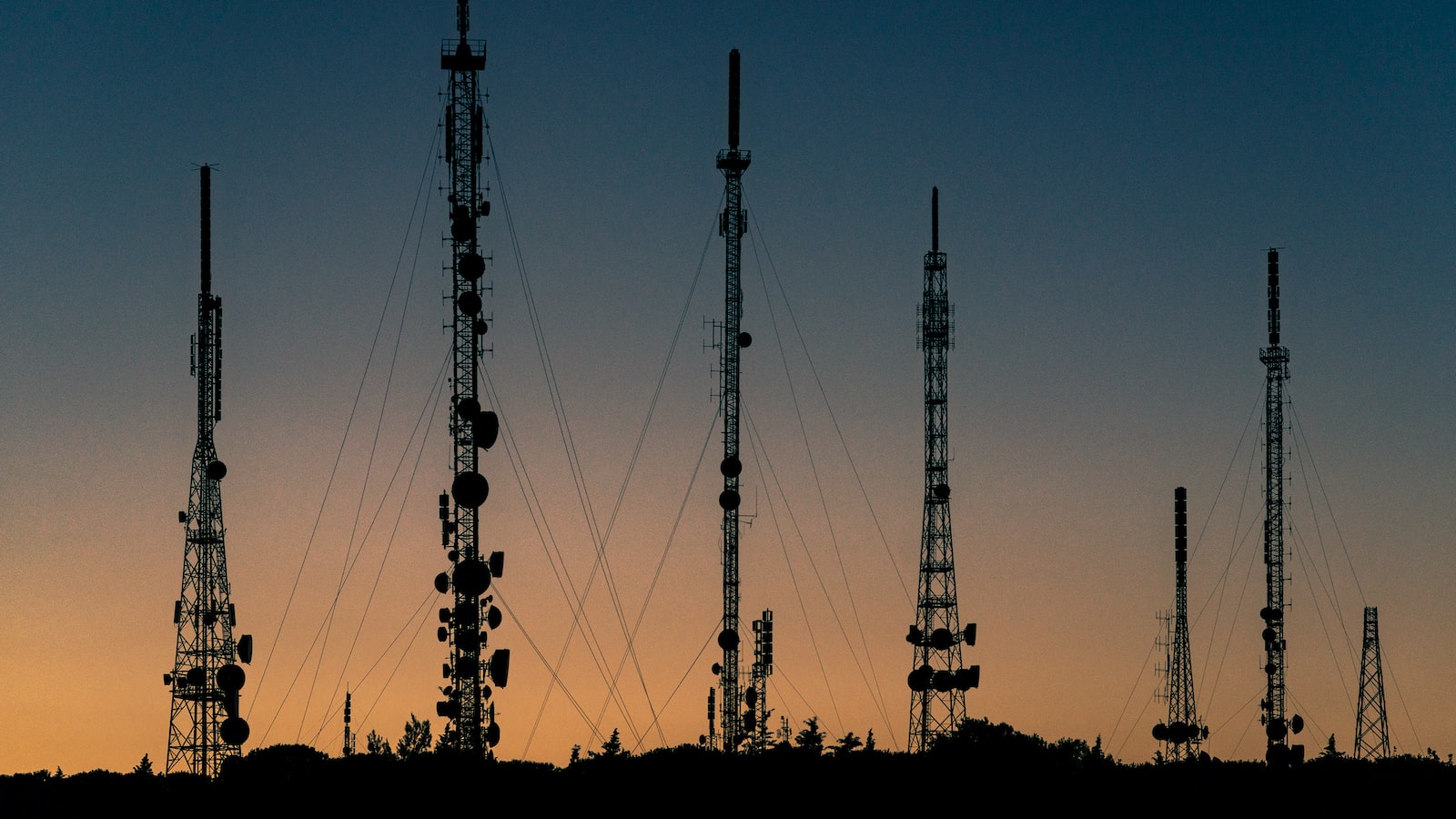What is VHF?
VHF (Very High Frequency) radio antennas are essential components of communication systems, used in various applications such as marine communication, aviation, and emergency services. The height of a VHF radio antenna can significantly impact the quality and effectiveness of communication. This article explores the reasons why antenna height is crucial and how it can help maximize communication quality and reliability.
What is a VHF Radio Antenna?
Before we dive into the importance of antenna height, it's essential to understand what a VHF radio antenna is. VHF radio antennas are electrical conductors that are specifically designed to transmit and receive VHF radio signals. These antennas come in various shapes and sizes but all work based on the same fundamental principles.
To understand how VHF radio antennas work, consider the following:
- Antenna Elements: VHF radio antennas consist of one or more antenna elements that are designed to resonate at a specific frequency. These elements are usually made of metal and can be in various shapes, including rods, wires, and loops.
- Frequency: VHF radio signals operate at frequencies ranging from 30 MHz to 300 MHz. The frequency of the signal determines the size and shape of the antenna element required to efficiently transmit and receive the signal.
- Polarization: VHF radio signals are transmitted and received using one of two polarizations: vertical or horizontal. The antenna element must be oriented to match the polarization of the signal for optimal performance.
- Radiation Pattern: The radiation pattern of a VHF radio antenna describes how the antenna radiates energy into the surrounding space. The shape of the radiation pattern is determined by the size and shape of the antenna element, as well as its height above the ground.
Why is Height Important for VHF Radio Antennas?
The height of a VHF radio antenna is critical for several reasons, including:
Line of Sight
VHF radio signals travel in straight lines, and the antenna must have a clear line of sight to the receiving antenna for effective communication. If the antenna is too low, it can be blocked by obstacles like buildings, trees, or hills, resulting in a weak or distorted signal. Raising the antenna's height can reduce the likelihood of signal obstruction, maintaining clear communication.
Signal Strength
The height of the antenna determines the amount of signal that can be transmitted and received. A higher antenna allows for a greater range and stronger signal, improving communication quality and reducing interference.
Radiation Pattern
The height of the antenna can also impact the direction of the radiation pattern. A higher antenna typically has a wider radiation pattern, increasing the likelihood of the signal being received by a wider range of receivers.
Maximizing Signal Quality and Reliability
By raising the height of a VHF radio antenna, we can maximize signal quality and reliability in several ways:
- Reduced Signal Loss and Interference: A higher antenna reduces the likelihood of signal loss and interference caused by obstacles or environmental factors. This ensures that the signal received is of higher quality, with reduced distortion and noise.
- Improved Signal Strength: A higher antenna can transmit and receive signals over greater distances, resulting in stronger and more reliable communication.
- Consistency in Signal Reception: With a higher antenna, the radiation pattern is wider and more consistent, reducing the chances of signal dropouts and enhancing communication reliability.
- Better Coverage: A higher antenna provides better coverage of a wider area, improving communication capabilities for larger networks or areas.
Conclusion
In summary, the height of a VHF radio antenna is crucial for maintaining clear and reliable communication. A higher antenna height helps maximize communication quality and reliability by improving line of sight, signal strength, and radiation pattern. By considering antenna height during the design and installation of VHF radio systems, we can ensure optimal communication performance and improve overall network effectiveness.





